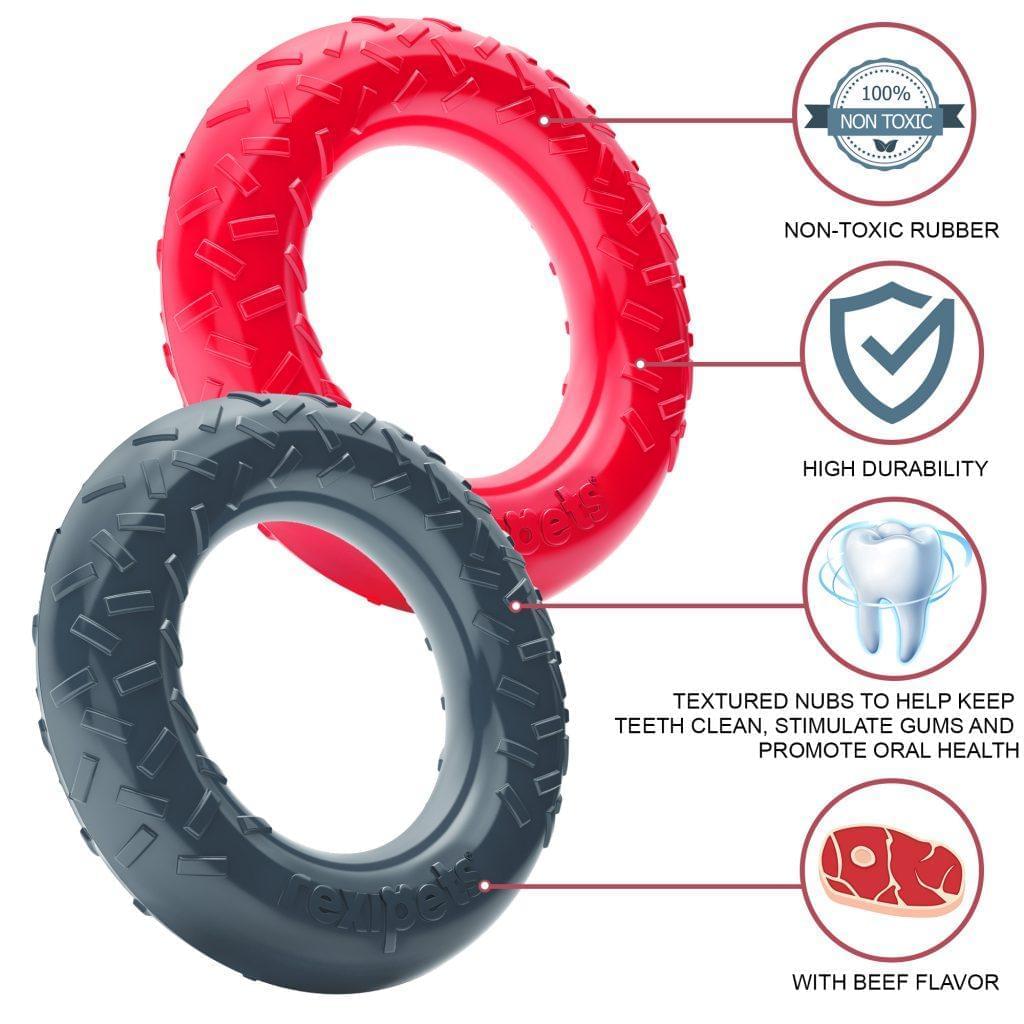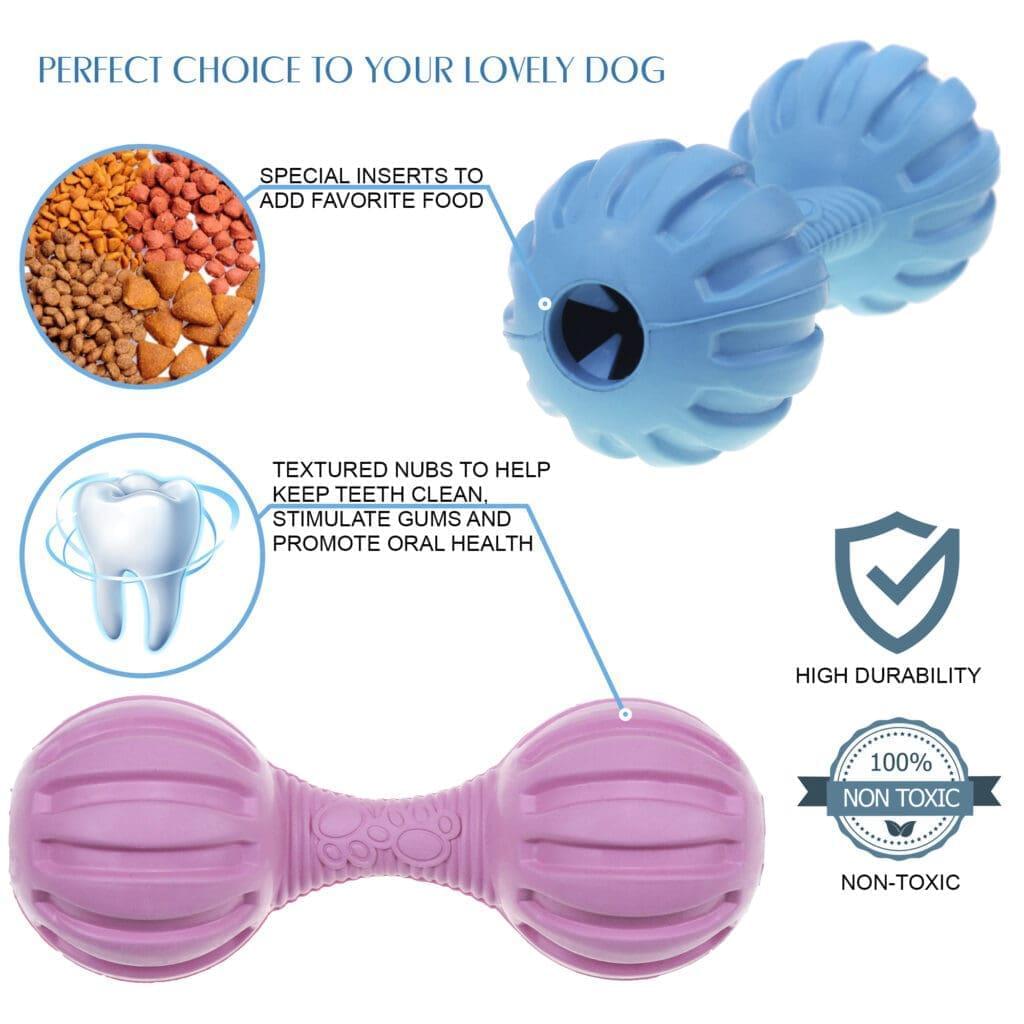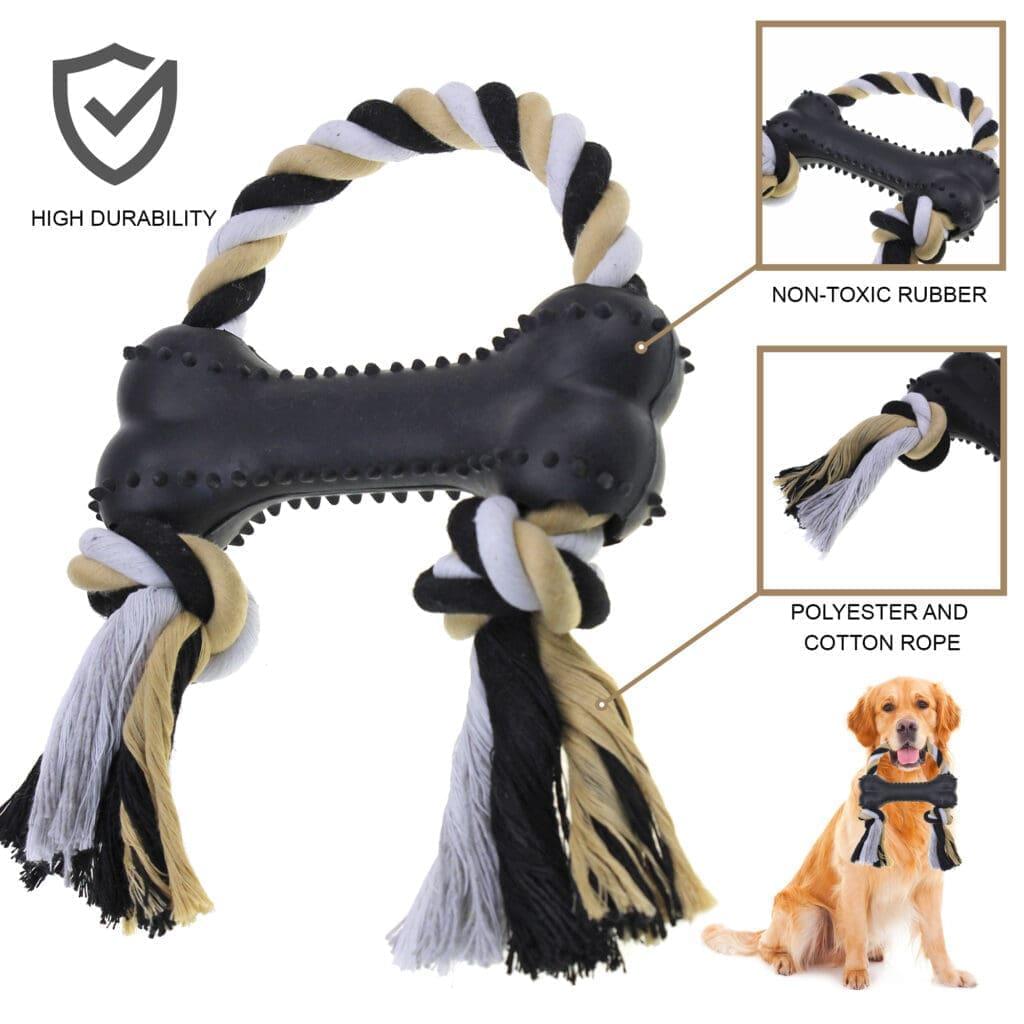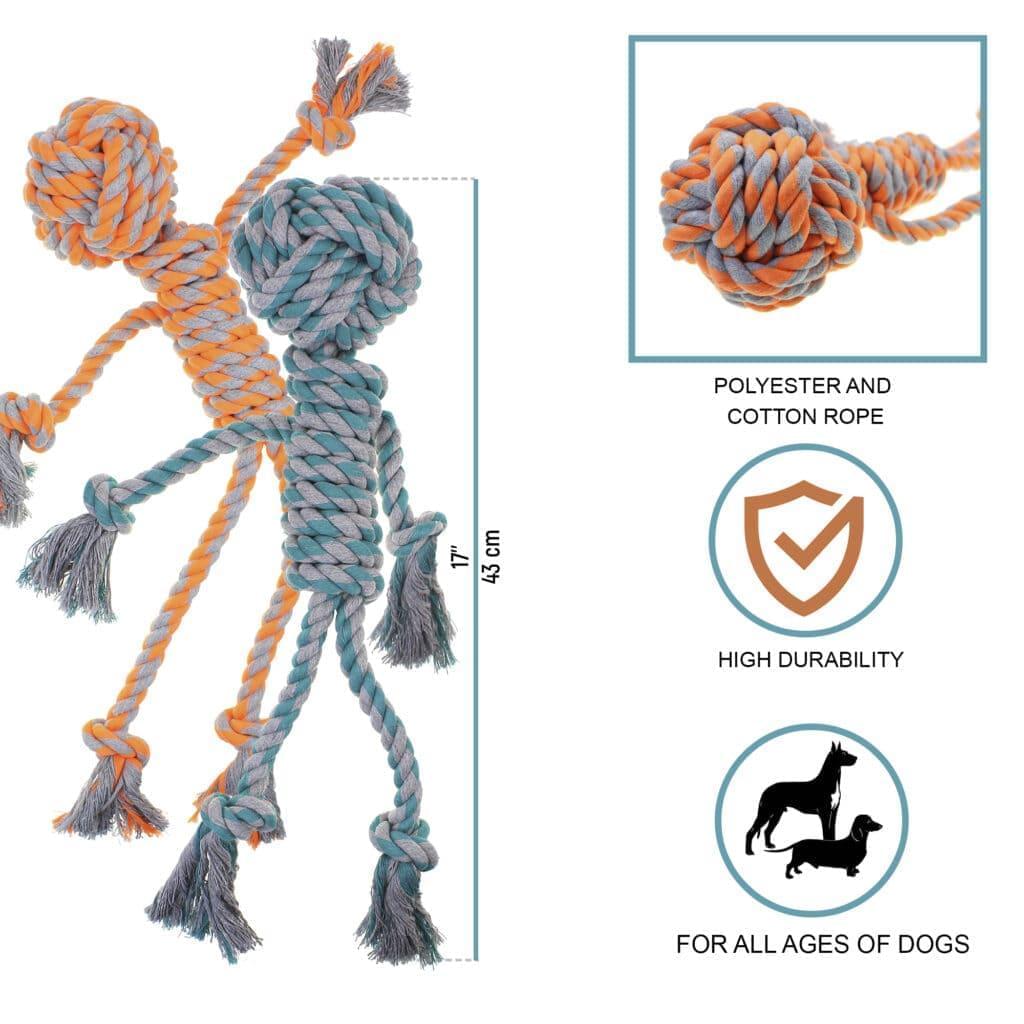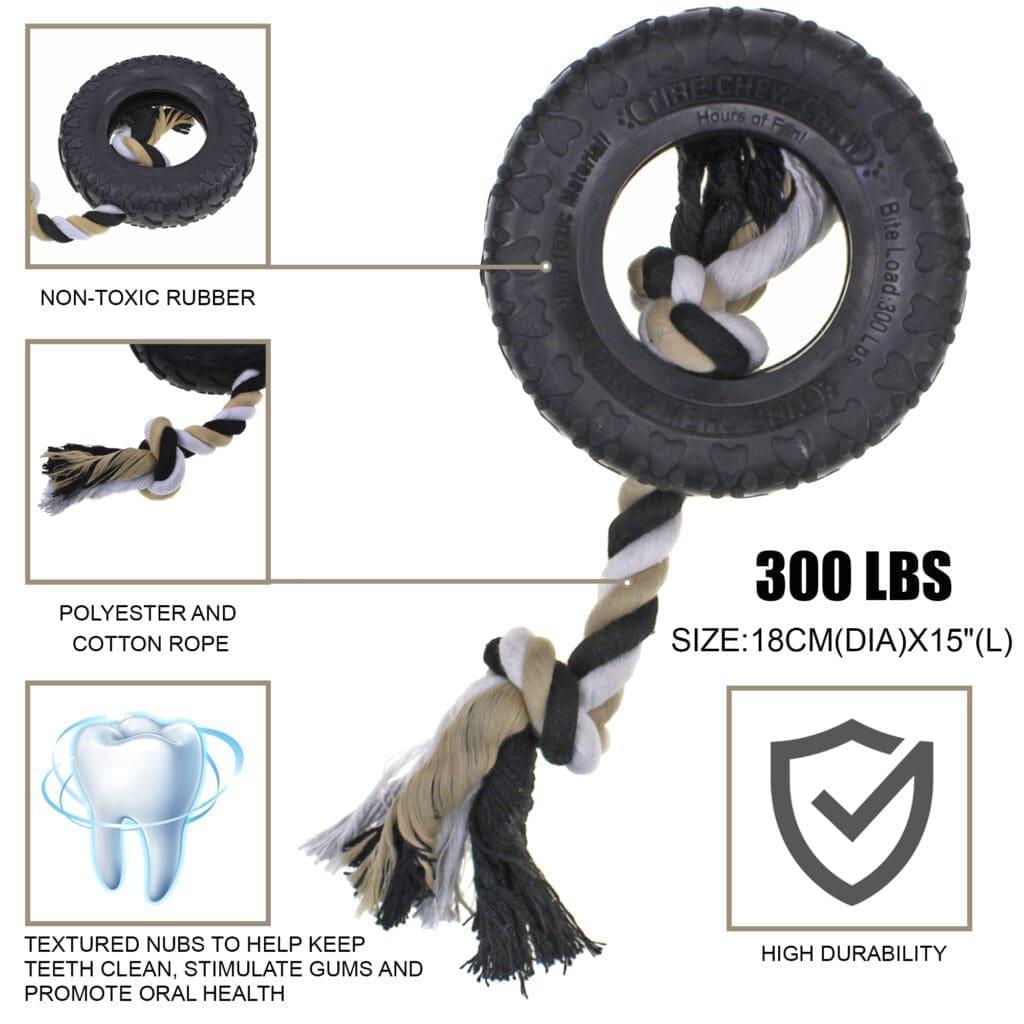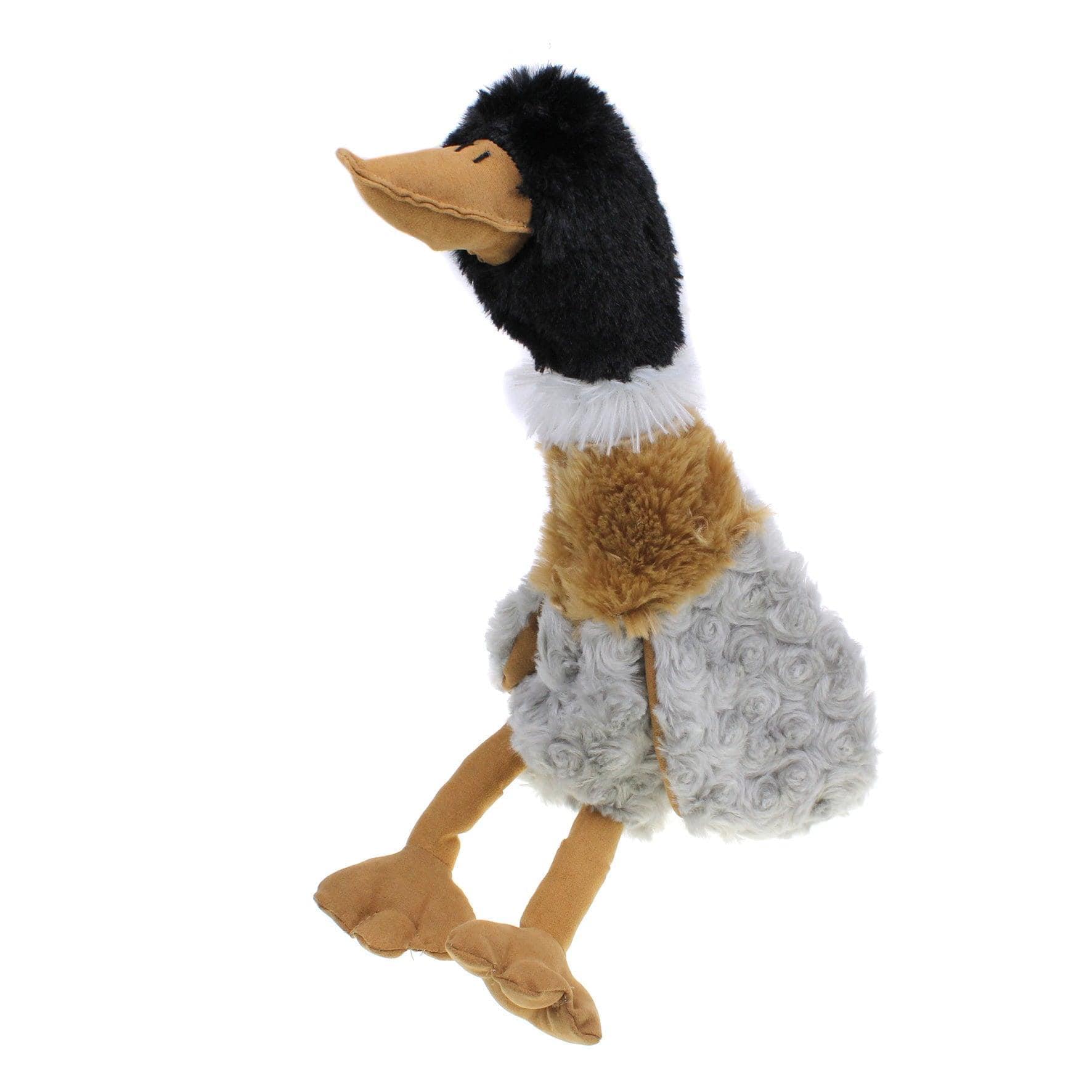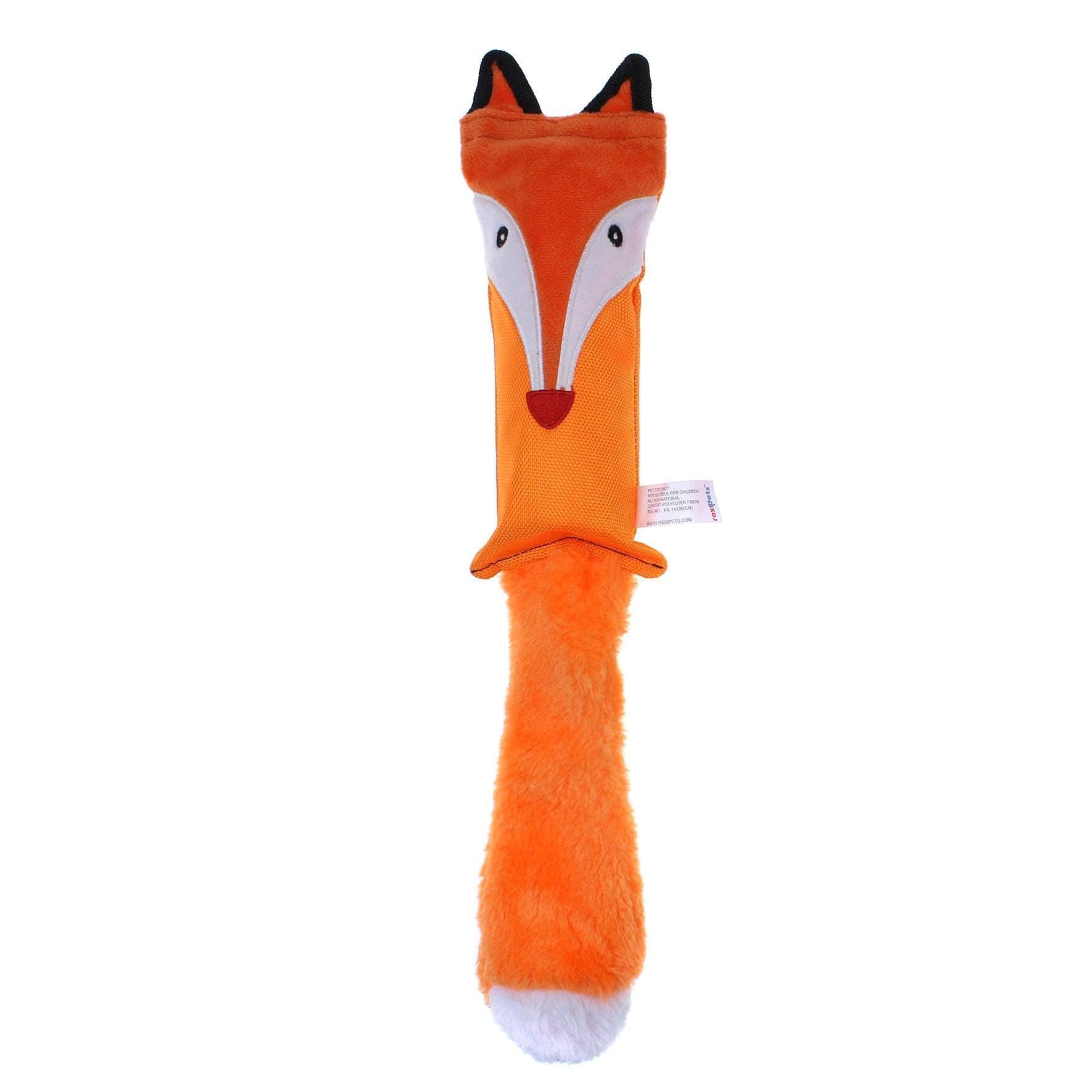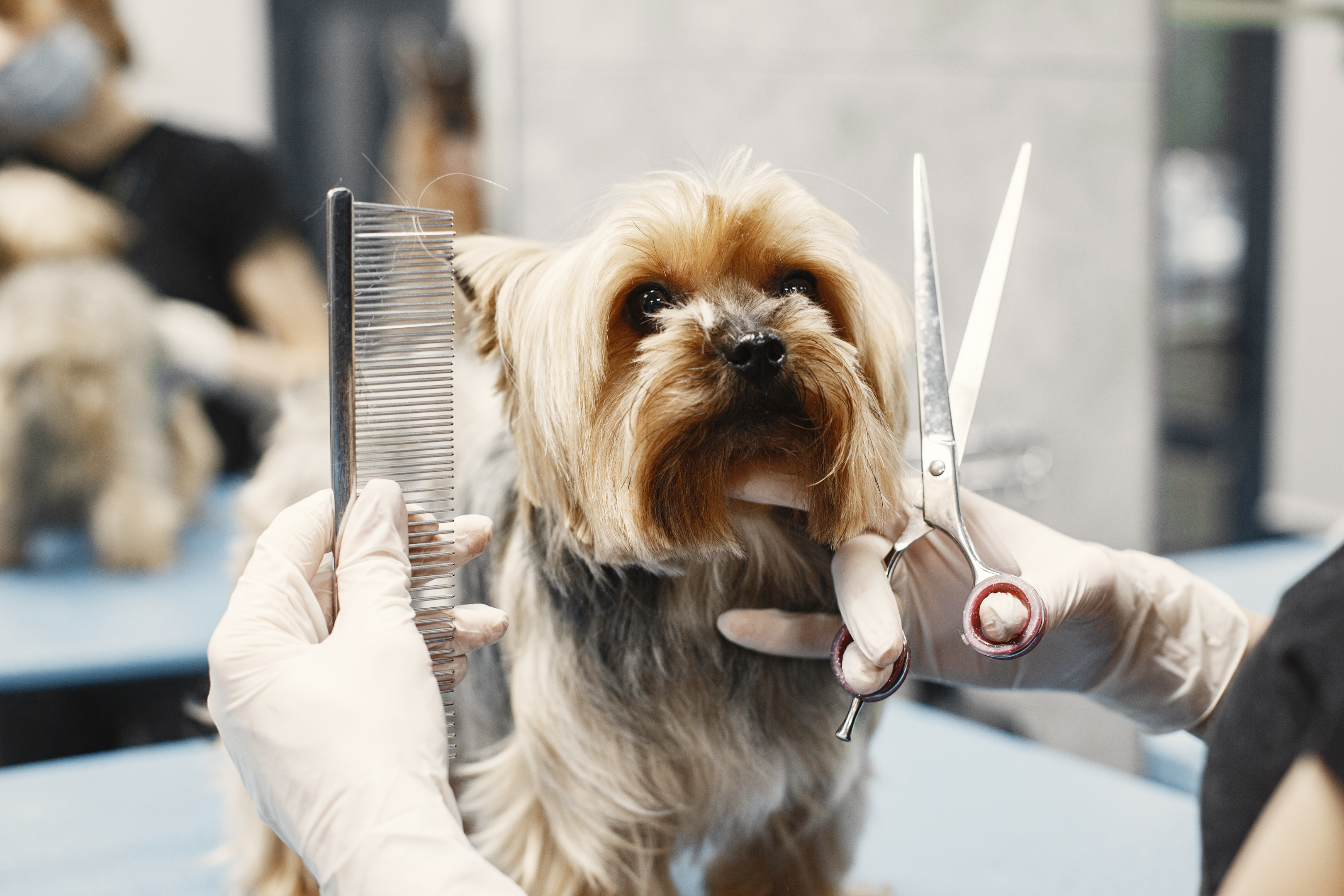
One aspect of caring for senior dogs that often requires special attention is grooming. But do you know what your aging pup truly needs in terms of grooming care?
Today, we're going to talk about senior dog grooming and the things you need to keep in mind while grooming. We'll talk about the right tools, easy techniques, and everything you need to know to keep your older pup happy and healthy.
So, if you're wondering how to give your aging buddy the best grooming session, stick around!
Is Grooming Safe for Senior Dogs?
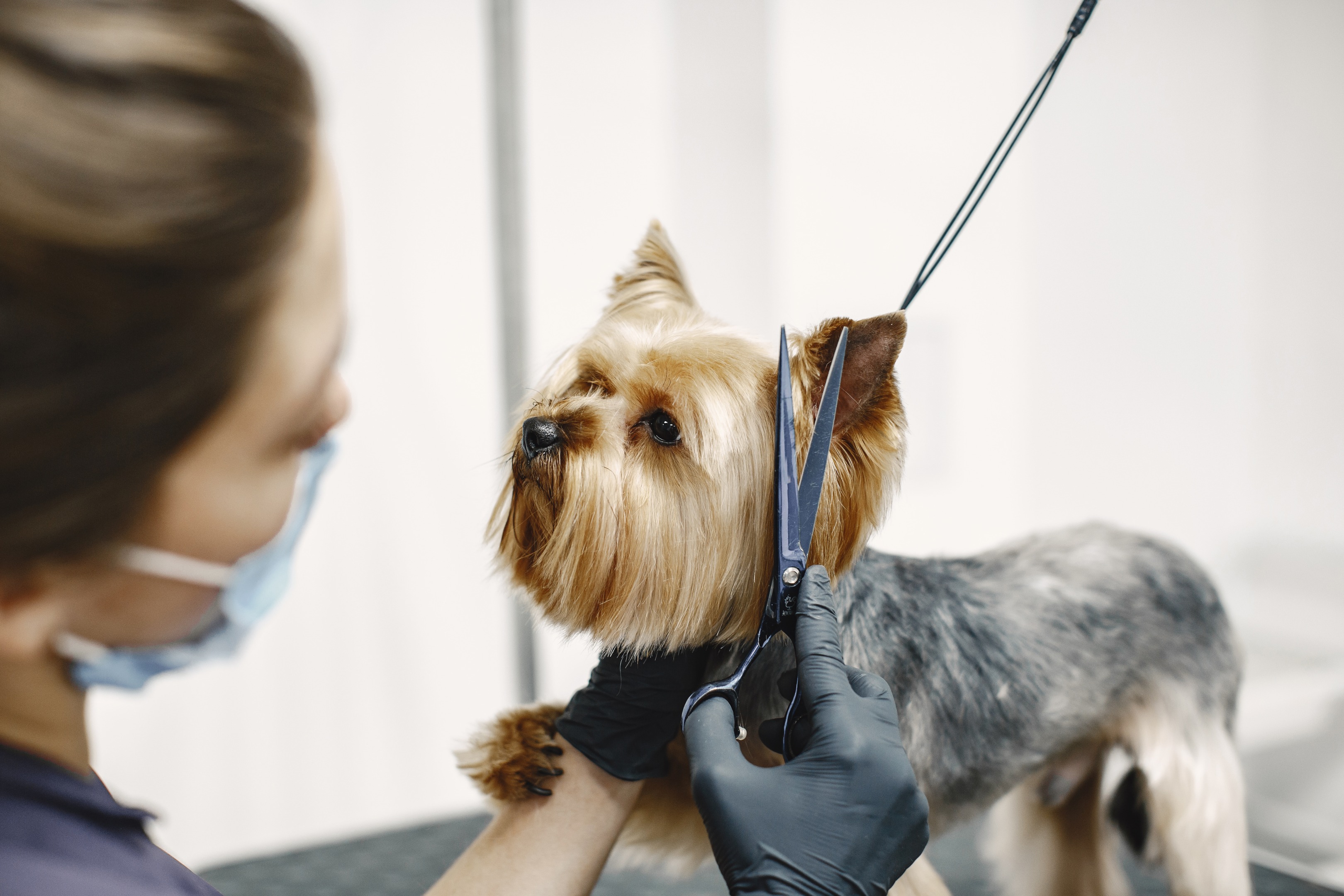
Grooming an older dog is typically safe, even if they have health conditions, which is common in elderly dogs. While some may be concerned about grooming older dogs, it's important to note that regular grooming is essential for all dogs, including those with health issues.
Even if they aren't in perfect health, elderly dogs just like younger dogs still require regular washing, trimming, and nail care to maintain a nice appearance and ensure their well-being.
7 Things to Keep in Mind When Grooming a Senior Dog
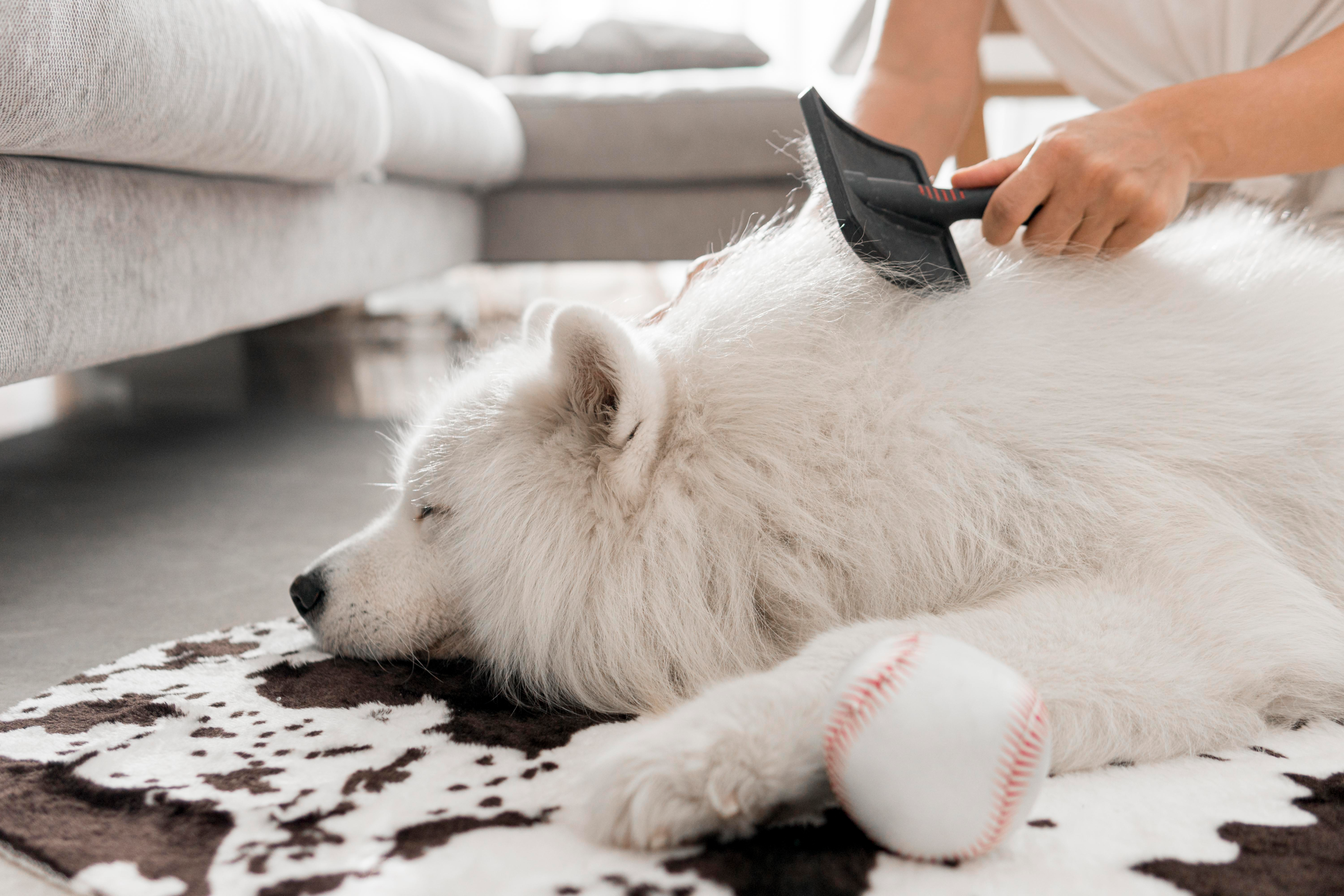
While grooming an older dog is generally safe, there are important considerations to keep in mind.
When dealing with a senior dog with health conditions, it's extremely important to be highly mindful of their well-being. Elderly dogs, especially those with existing health concerns, need special care and are particularly fragile.
To ensure the safety of senior dogs during grooming, continue reading to discover key considerations that should be kept in mind:
-
Be Gentle
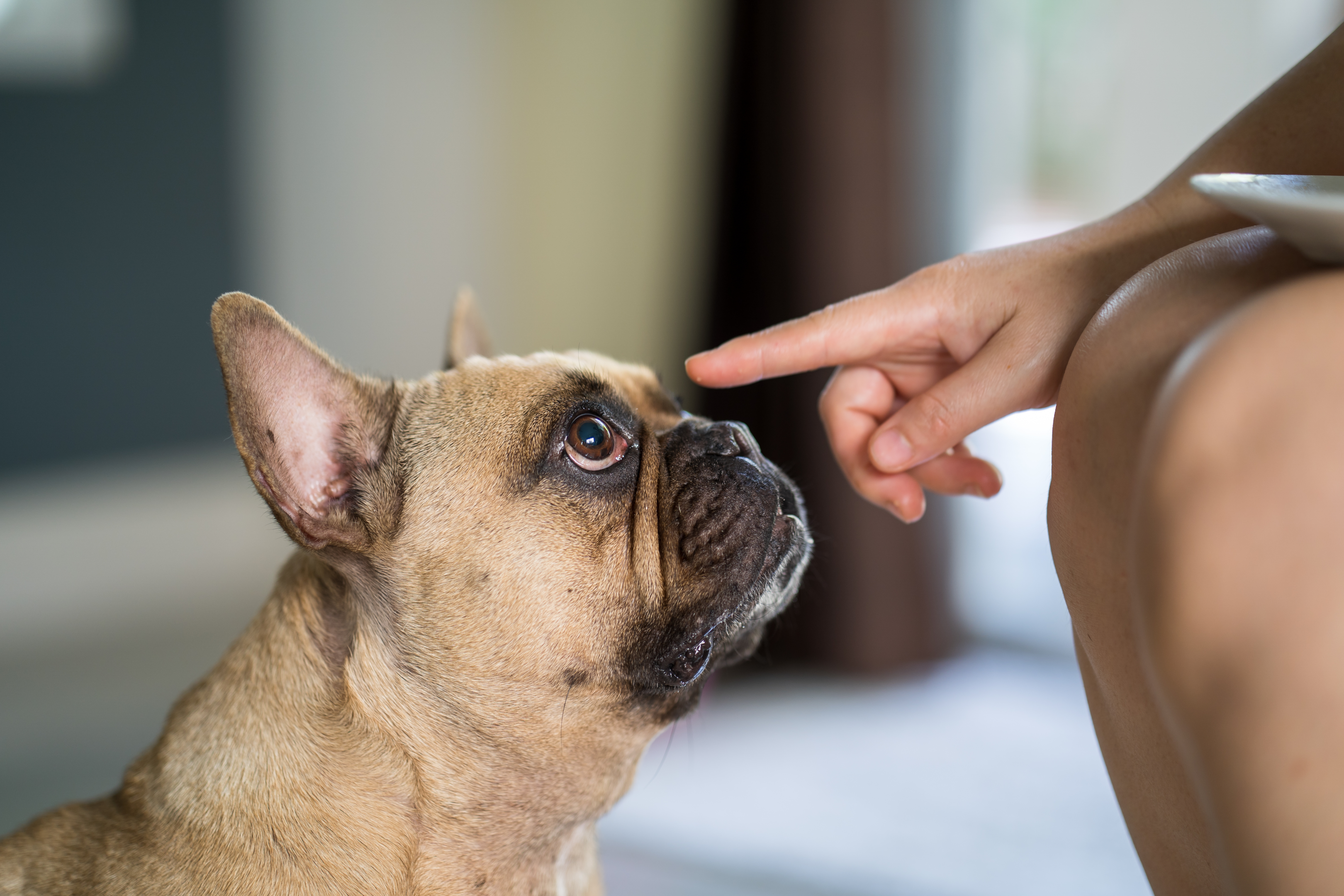
Older dogs or geriatric dogs, especially those with health issues, are more susceptible to getting hurt during grooming sessions.
When taking care of senior dogs, like bathing them or brushing their fur, you have to be gentle. Make sure they have something with a good grip under their paws so they don't slip. Dogs sliding while bathing can cause broken bones, since bones at this age are very fragile.
Also, use dog grooming accessories like soft brushes and gentle tools, not anything rough that might hurt them or make them fall. There are a variety of brushes and nail clippers you can choose from for your dog's grooming process.
However, it's a good idea to do most of the grooming stuff by hand. That means washing and drying them with your hands, being careful, and keeping them calm.
The most important thing is to make them feel comfortable and safe. So, while you're grooming, talk to them nicely and encourage them. They'll feel much better about the whole thing.
-
Be Quick
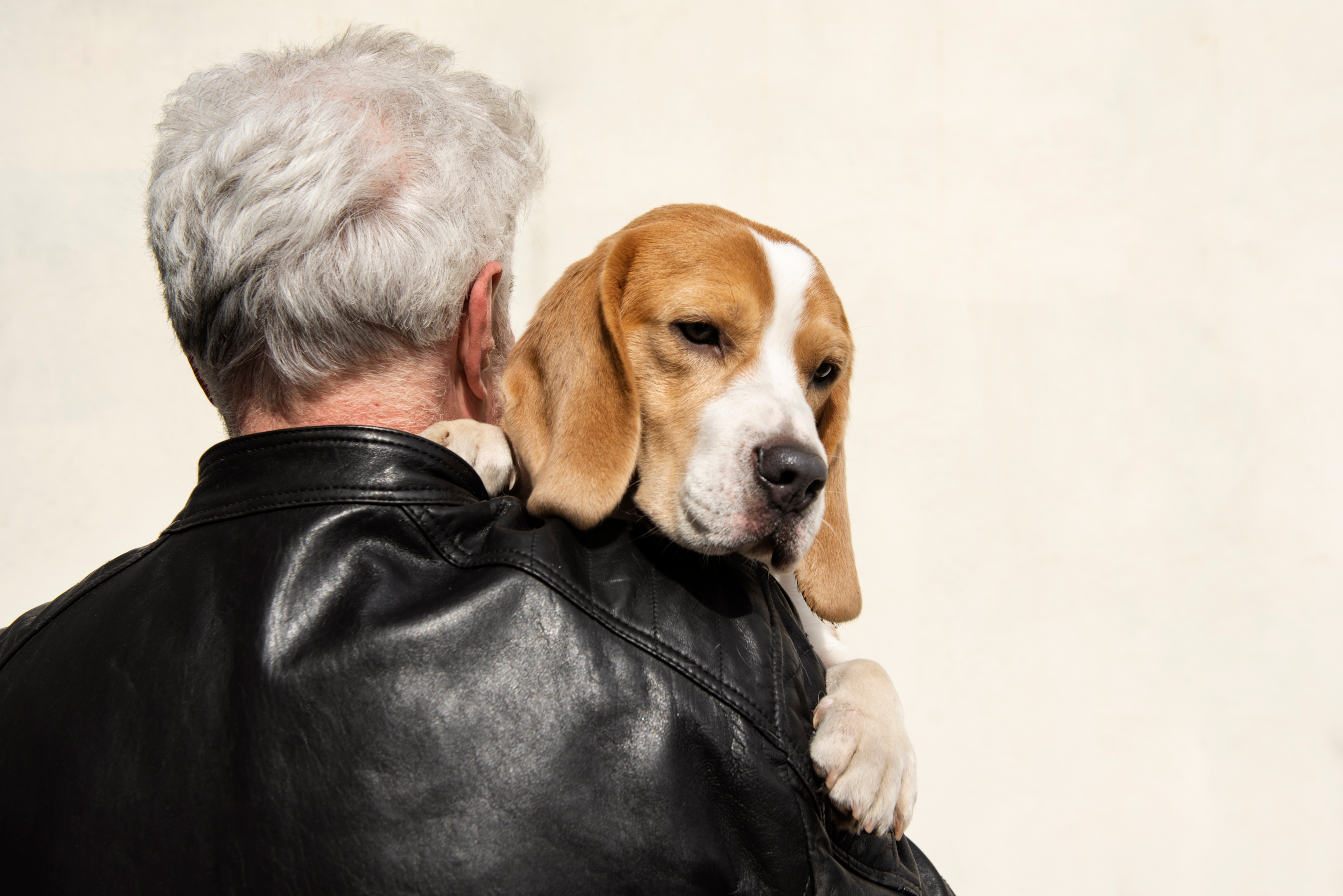
Older dogs are more sensitive and can't handle long grooming sessions like they used to as young dogs. For example, their balance might not be as good as before, and they may tire out quickly.
To make grooming easier for them, it's a good idea to keep the sessions short. Dogs with health issues especially benefit from shorter, more frequent grooming sessions. Since older dogs may get tired easily, they need plenty of time to rest.
Instead of one long grooming session, it's better to have two or three shorter ones in a month. This way, your dog stays clean and happy without getting too tired from the grooming routine.
-
Remember their Health Conditions
If your older dog has health problems, you should keep these issues in mind during grooming. This is crucial to make sure the grooming practice is safe.
For example, if your dog has joint issues or arthritis, it may be better for them to lie down while being groomed, or if your dog has urinary issues, you might need to include a potty break during grooming.
The approach will vary based on your dog's specific health concerns. It's essential not to stress them or make them do things they shouldn't be doing physically.
-
Get an Experienced Groomer
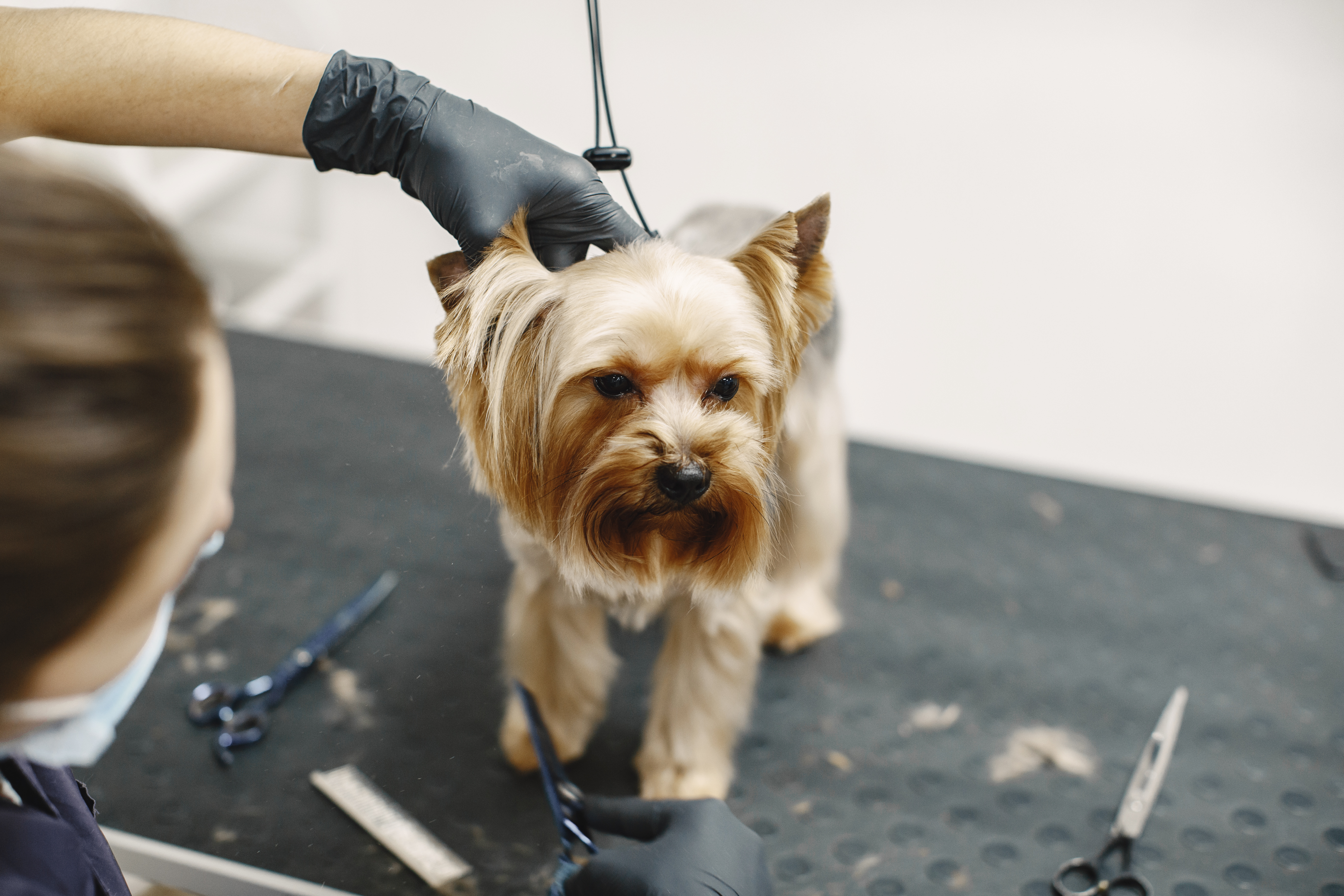
If you are unsure about grooming your dog yourself, there is no harm in getting dog groomers on board. When choosing professional grooming for your dog, it's extremely important to select someone who is experienced, especially in grooming older or unwell dogs.
An experienced groomer will be familiar with the unique needs of senior or sick dogs, understanding what to expect and how to handle your pet appropriately. They will take necessary precautions to guarantee your pet's safety during the grooming session.
Additionally, you can give specific instructions to the groomer, sharing any important details you think they should be aware of. This ensures a personalized and attentive approach to your dog's health and grooming needs.
-
Special Products
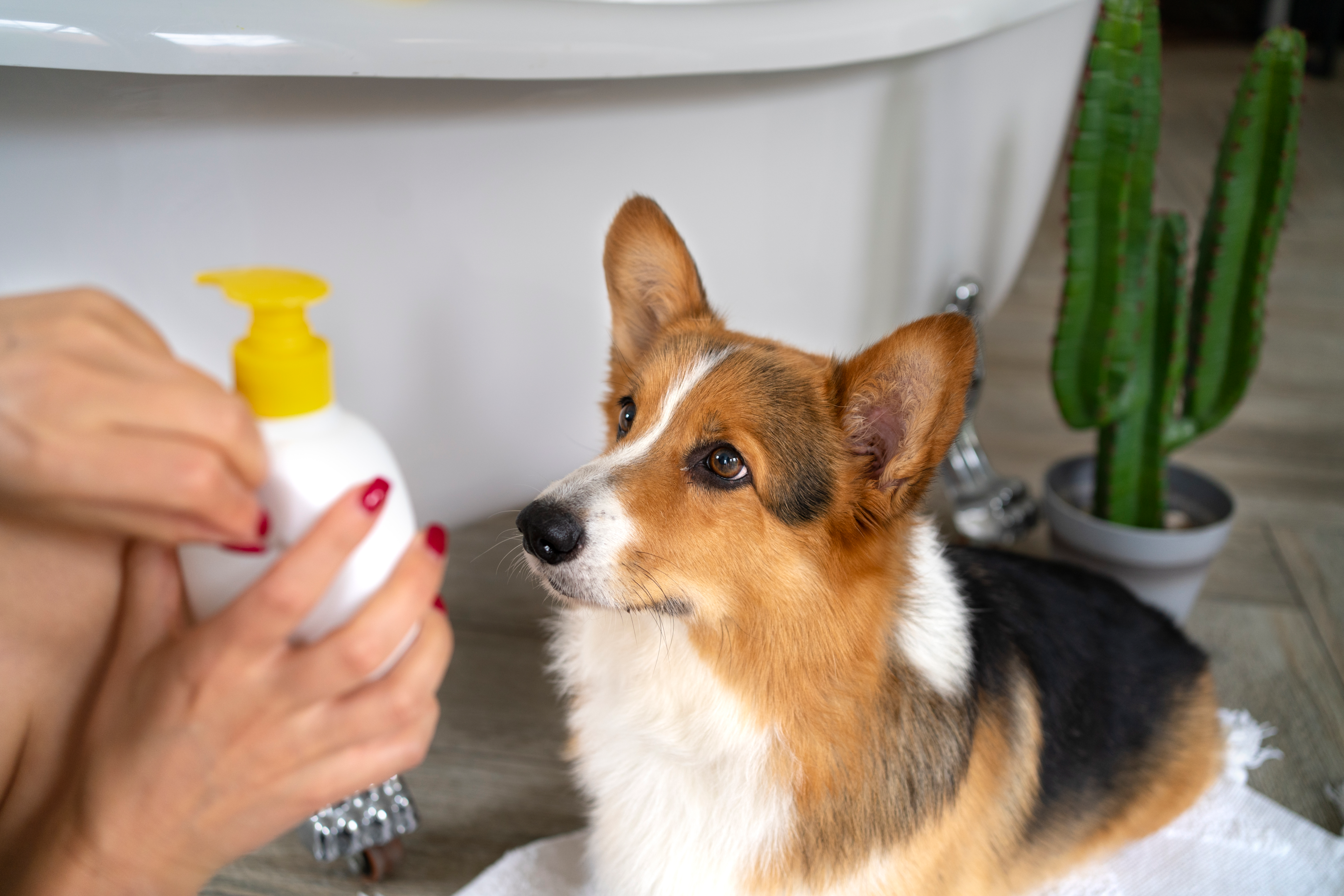
When washing your older dog, go for a medicated shampoo made for sensitive skin. These products are made with ingredients that are gentle on the dog's skin, which older dogs often have. Look for ones that keep the skin hydrated and don't have harsh chemicals.
This makes bath time more comfortable for your senior dog, helping to keep their skin healthy and happy.
-
Nail Trimming
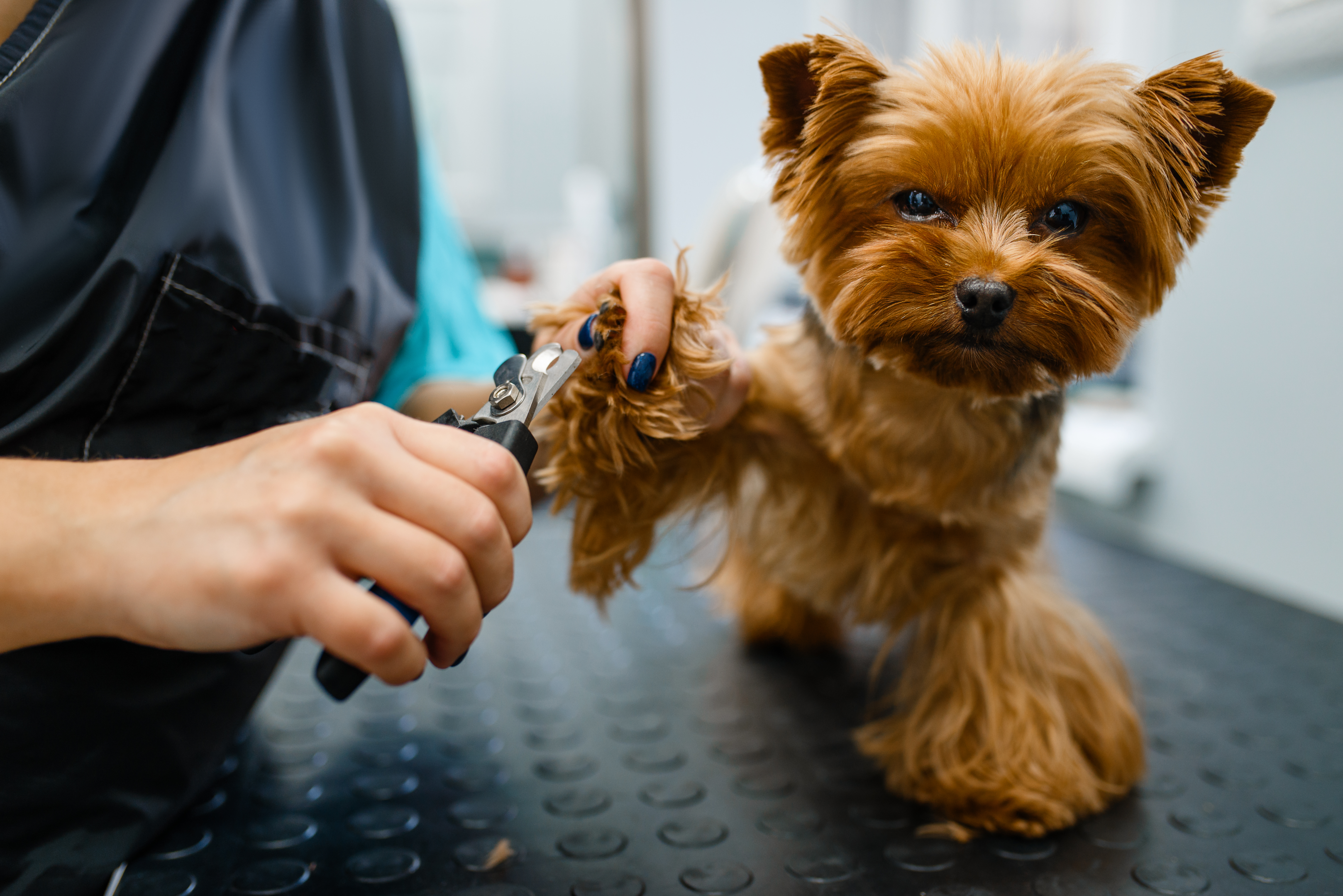
Now let's talk about nail care for dogs.
For older dogs, having the right nail length is important, especially if they are already dealing with arthritis or joint problems. Nail length affects a dog's posture, and if the nails are too long, it can force the dog to twist their spine or adopt an awkward posture. This can make it challenging for them to climb stairs or get into the car.
If you can hear the sound of your dog's nails clicking against the floor, that's a sign they are too long. For puppies, walks on sidewalks naturally keep their nails in check, but as they get older and go on shorter walks, they may need some extra help with nail trimming.
Keep an eye out for your dog slipping on the floor. If you notice fur growing between their toes or paws, trimming it back can help them get better traction. This extra care with nails and fur is essential for the comfort and mobility of older dogs.
-
Dont Forget the Eyes and Ears
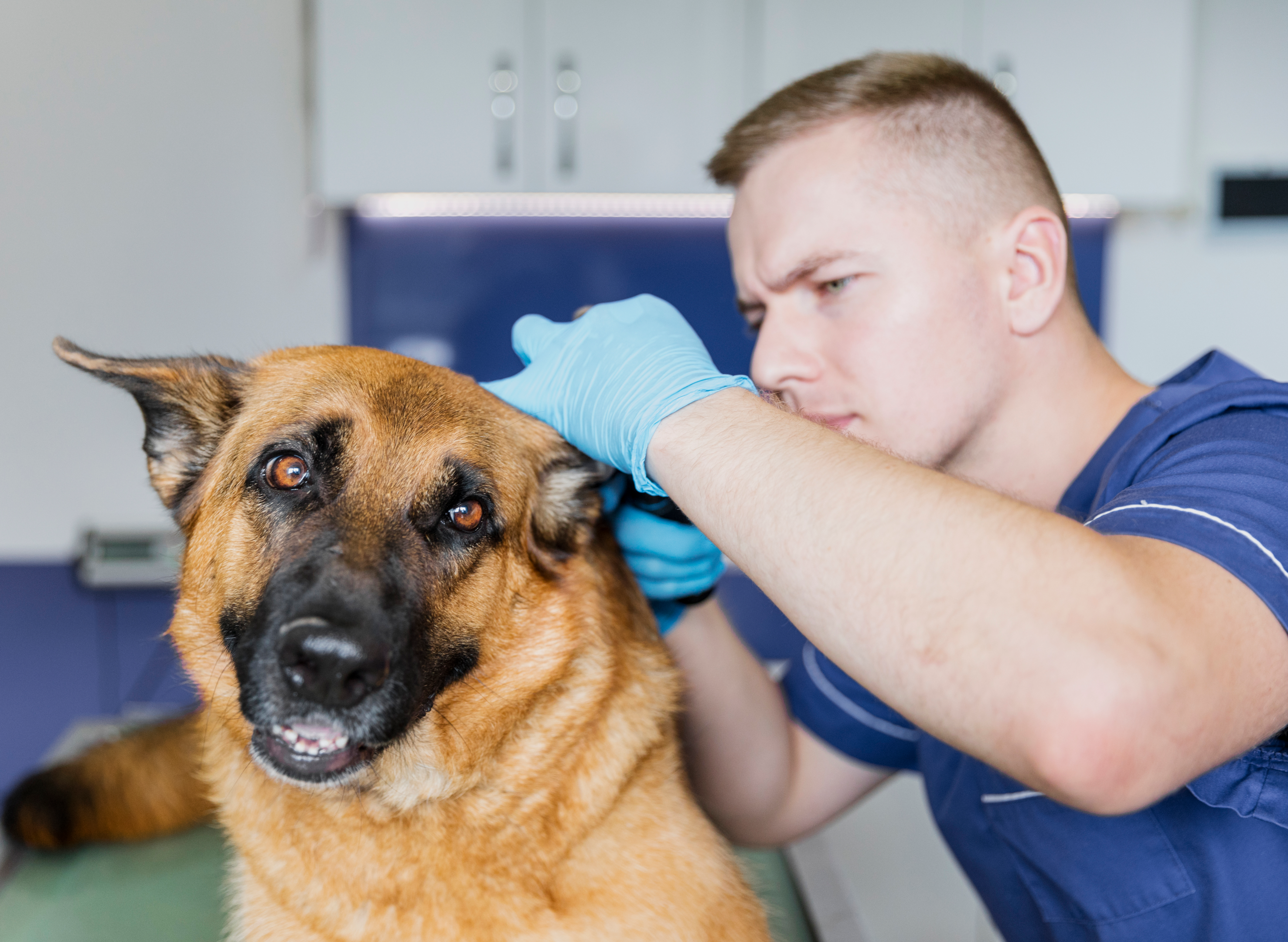
If you notice any gunk or debris in the corner of your dog's eyes, it's important to clean it. Take a cloth or gauze pad, soak it in warm water, and gently wipe away the build-up from your dog's eye.
Be attentive to your dog's ears, too. There should be no discharge or odor. If you suspect any, it could point toward a viral or yeast infection. Keep an eye out for these signs to ensure your dog's well-being.
Final Words!
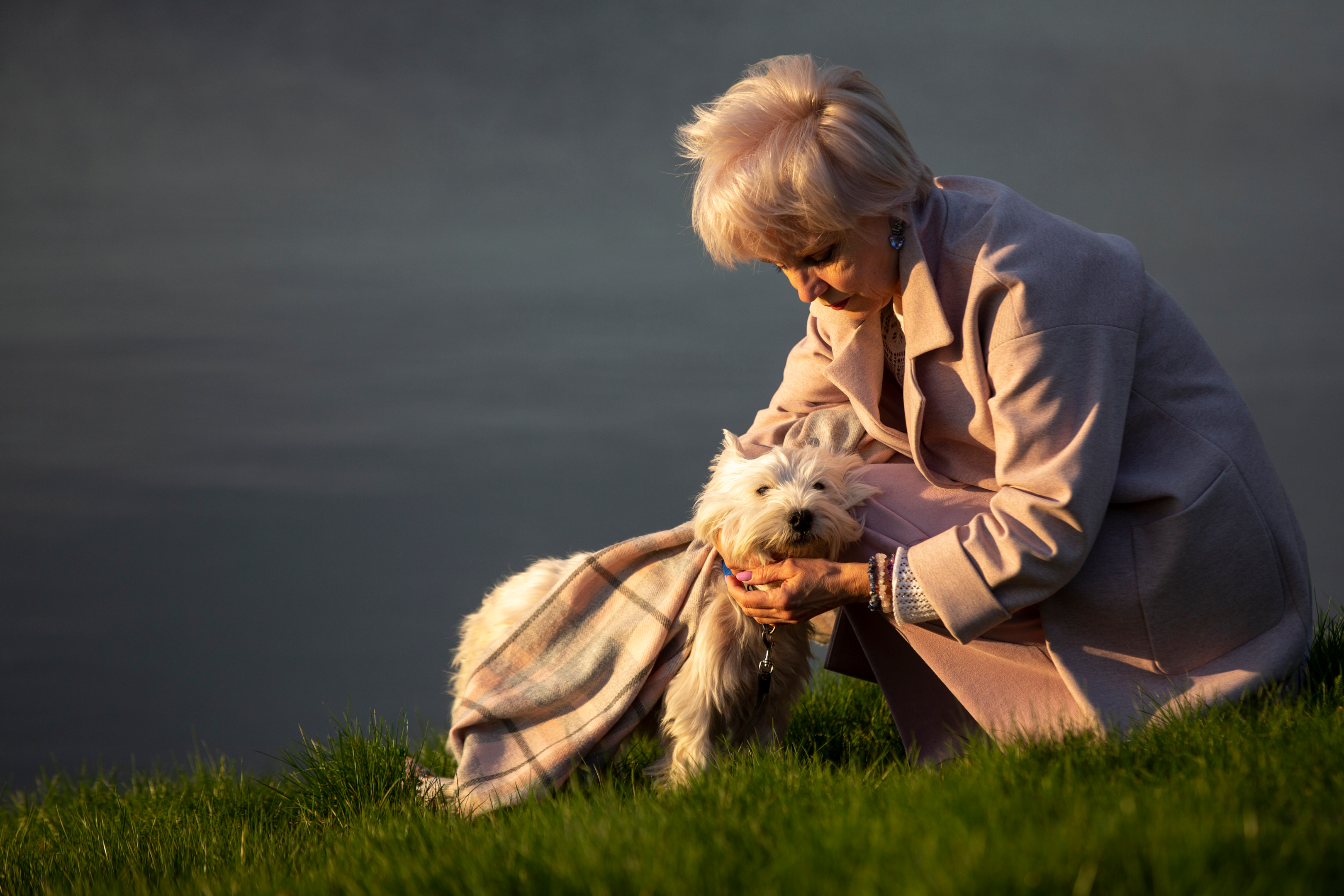
Today, we've learned that senior dogs need extra gentle grooming because they might be a bit more delicate and could have health issues. Short and sweet grooming sessions are better for them, and it's important to use gentle tools and give them breaks if needed.
Keep an eye on their eyes, ears, and nails, clean away any gunk from their eyes, and make sure there's nothing going on in their ears. Remember, a good groomer can help with all of this, too.
By being gentle and paying attention, we can make sure our older dogs stay clean, comfy, and happy as they enjoy their senior years.









